DXY was up last night as EUR fell with CNY:

The Australian dollar was still bid but mixed:
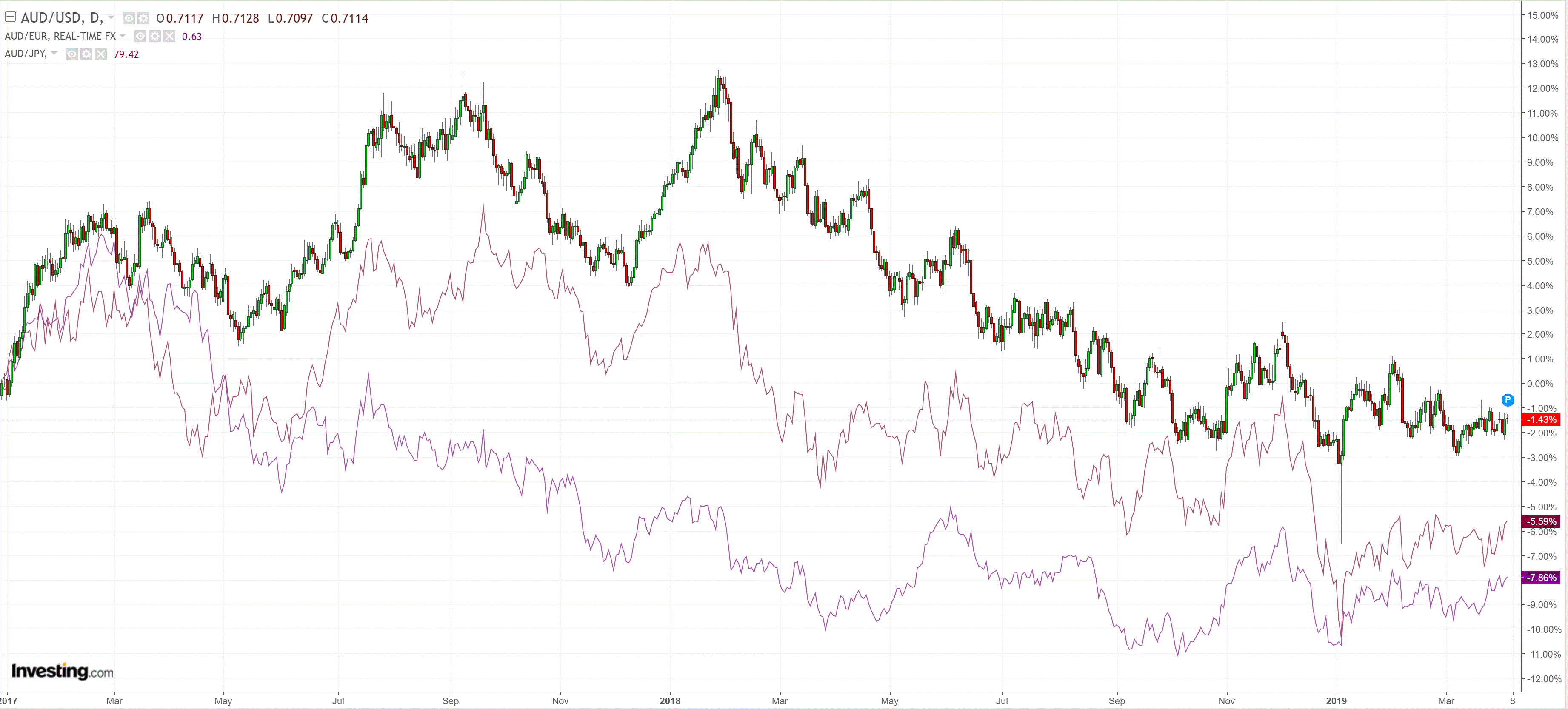
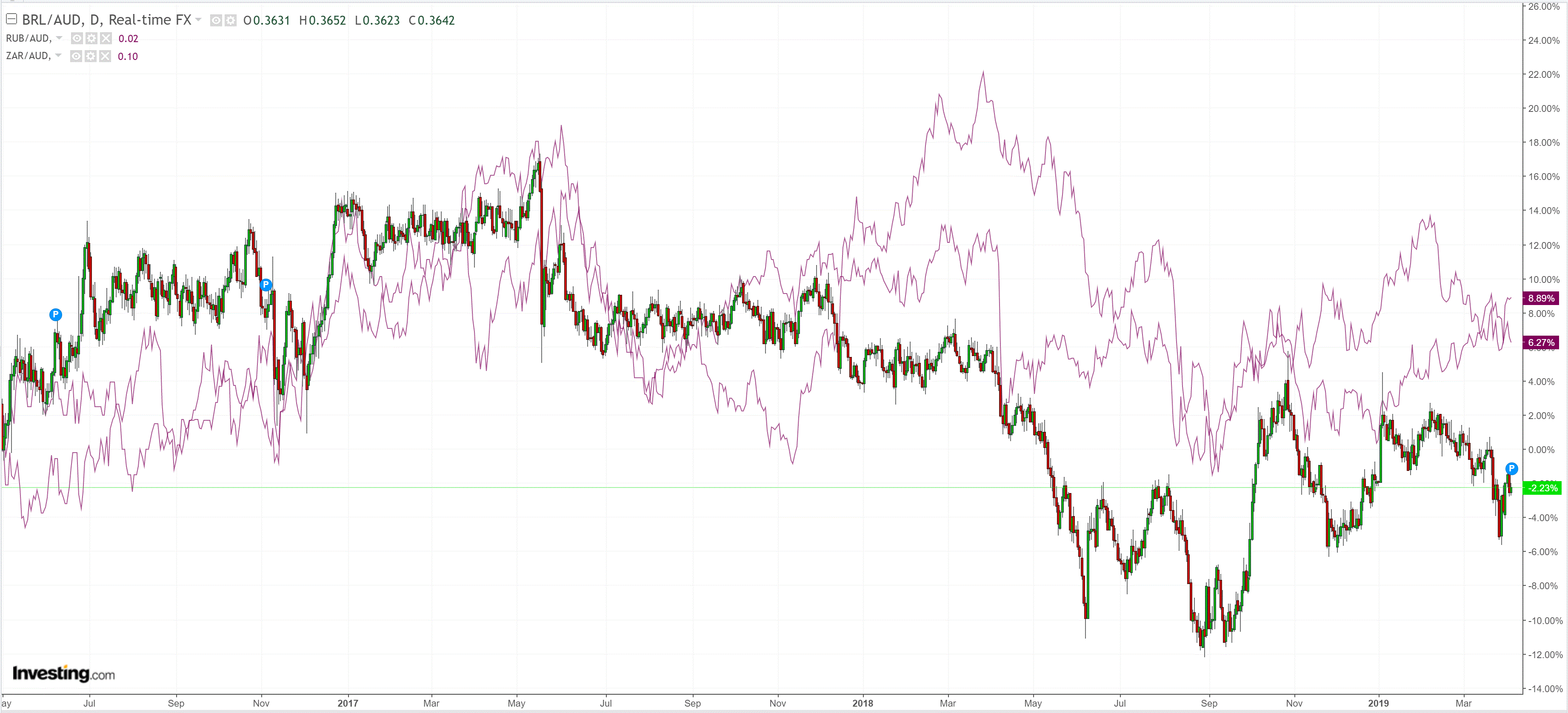
Gold is struggling:
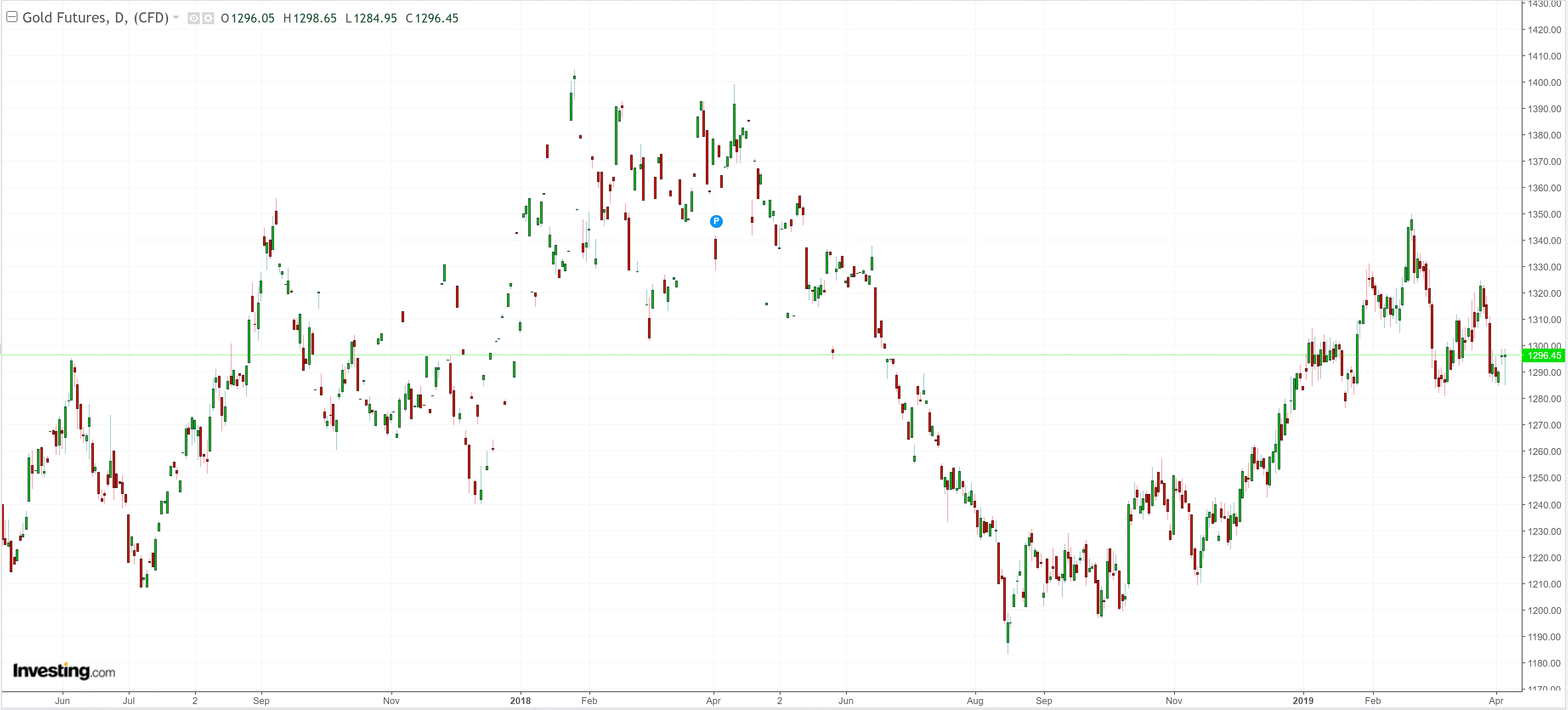
Oil faded:
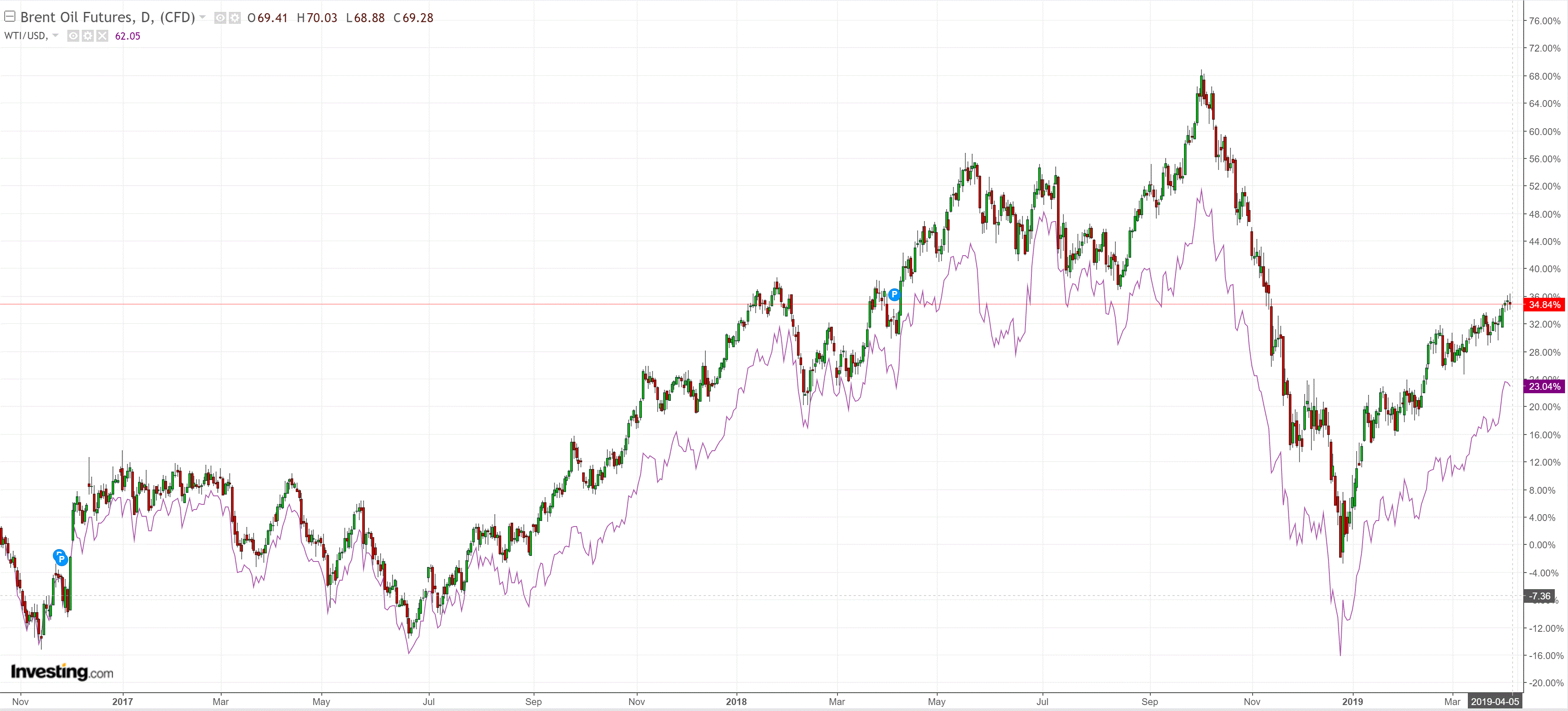
Metals too:

And miners:
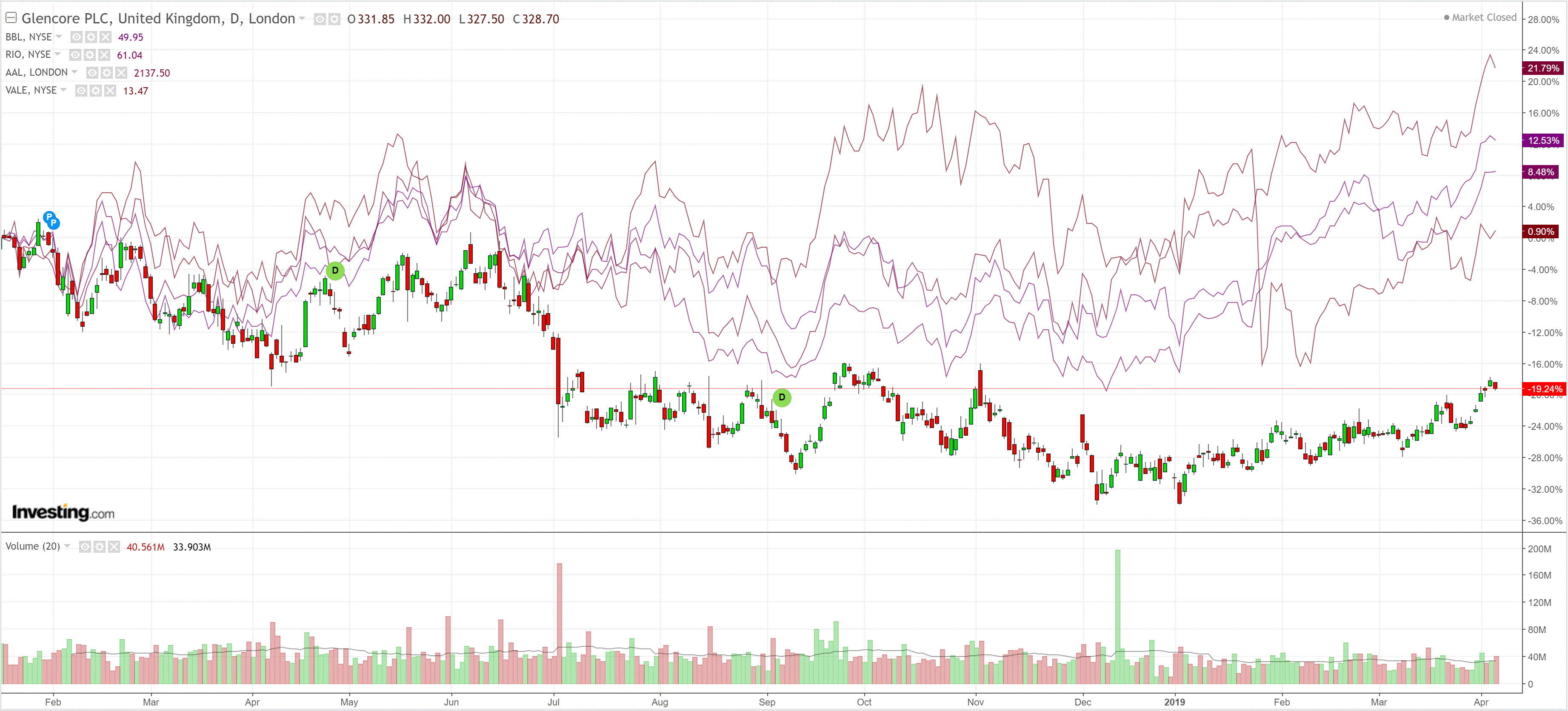
But EM stocks broke out:
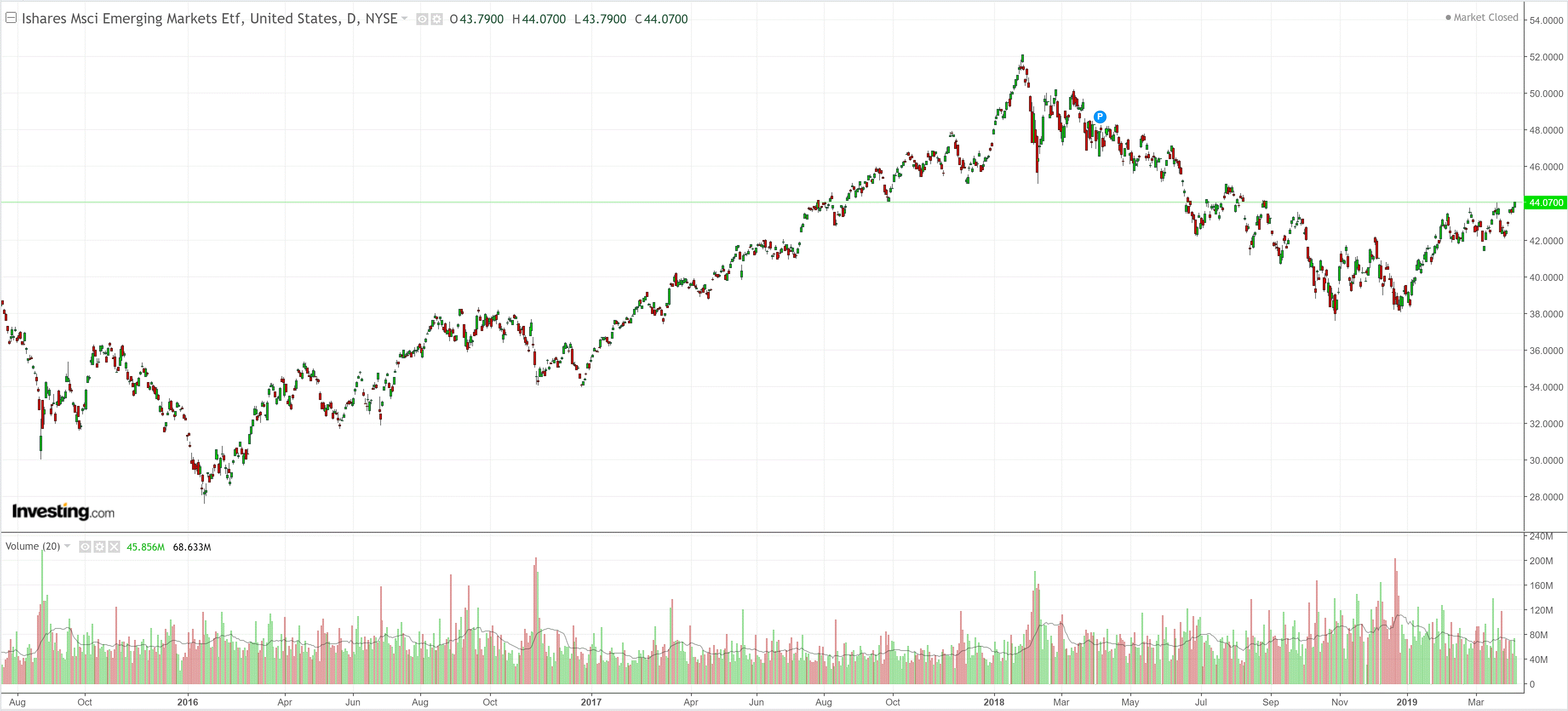
As junk lifted:
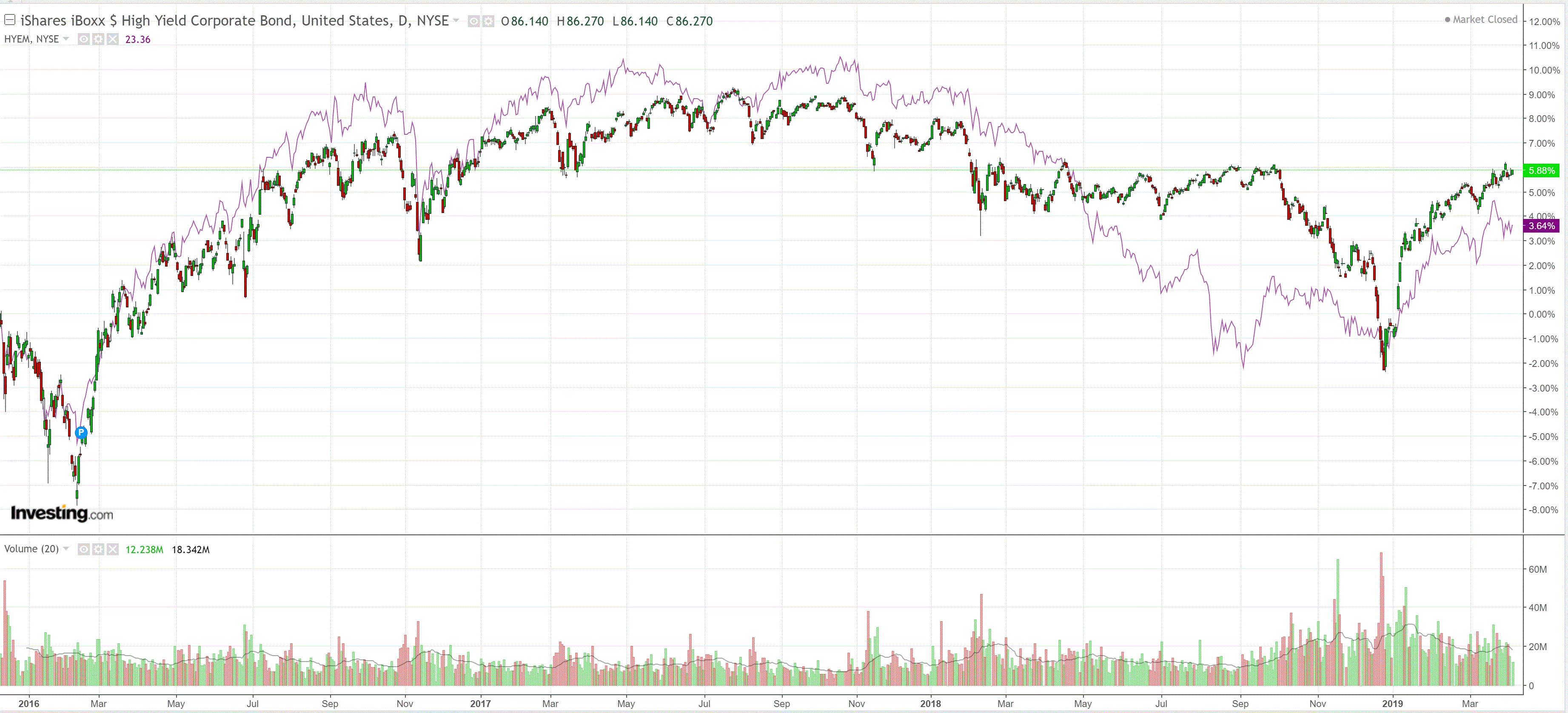
Treasuries caught a little bid:
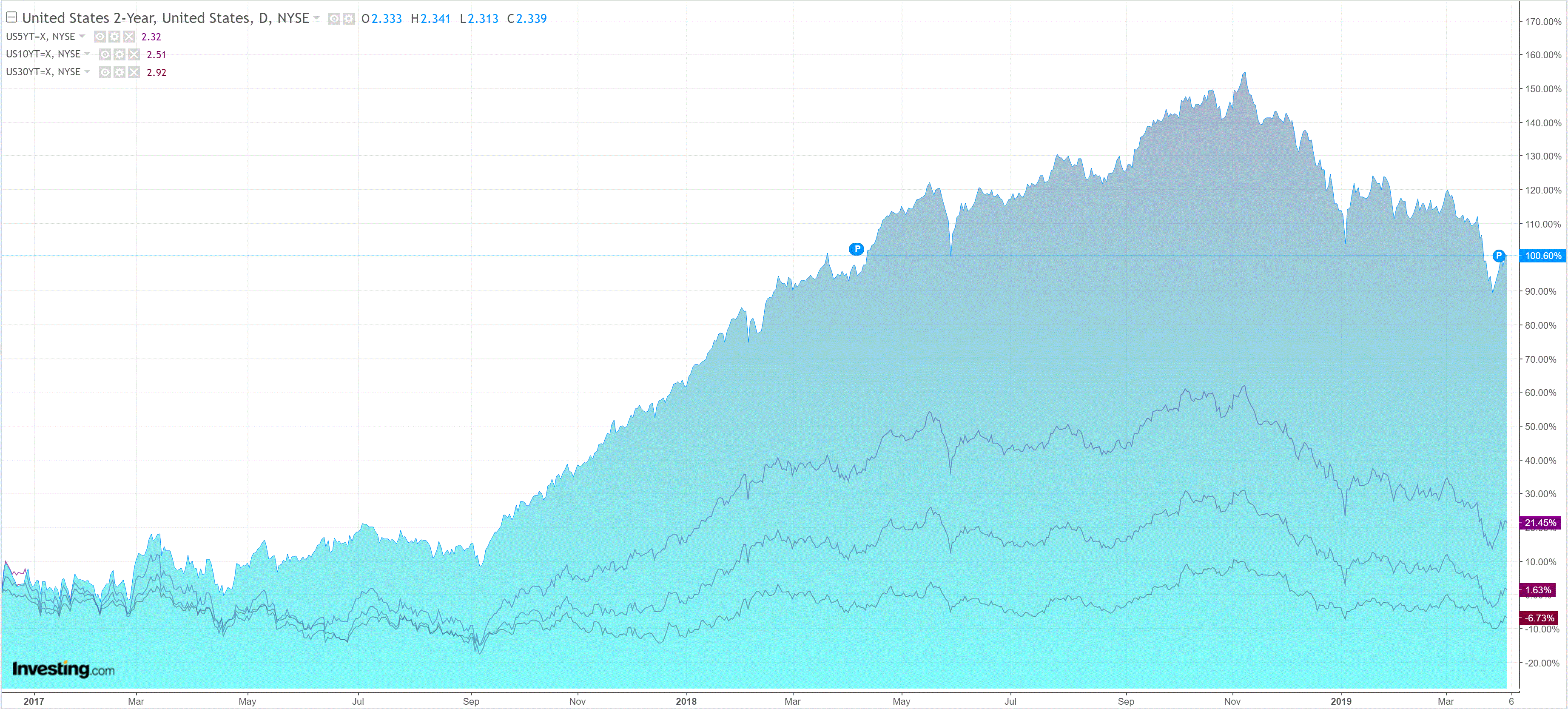
And bunds:
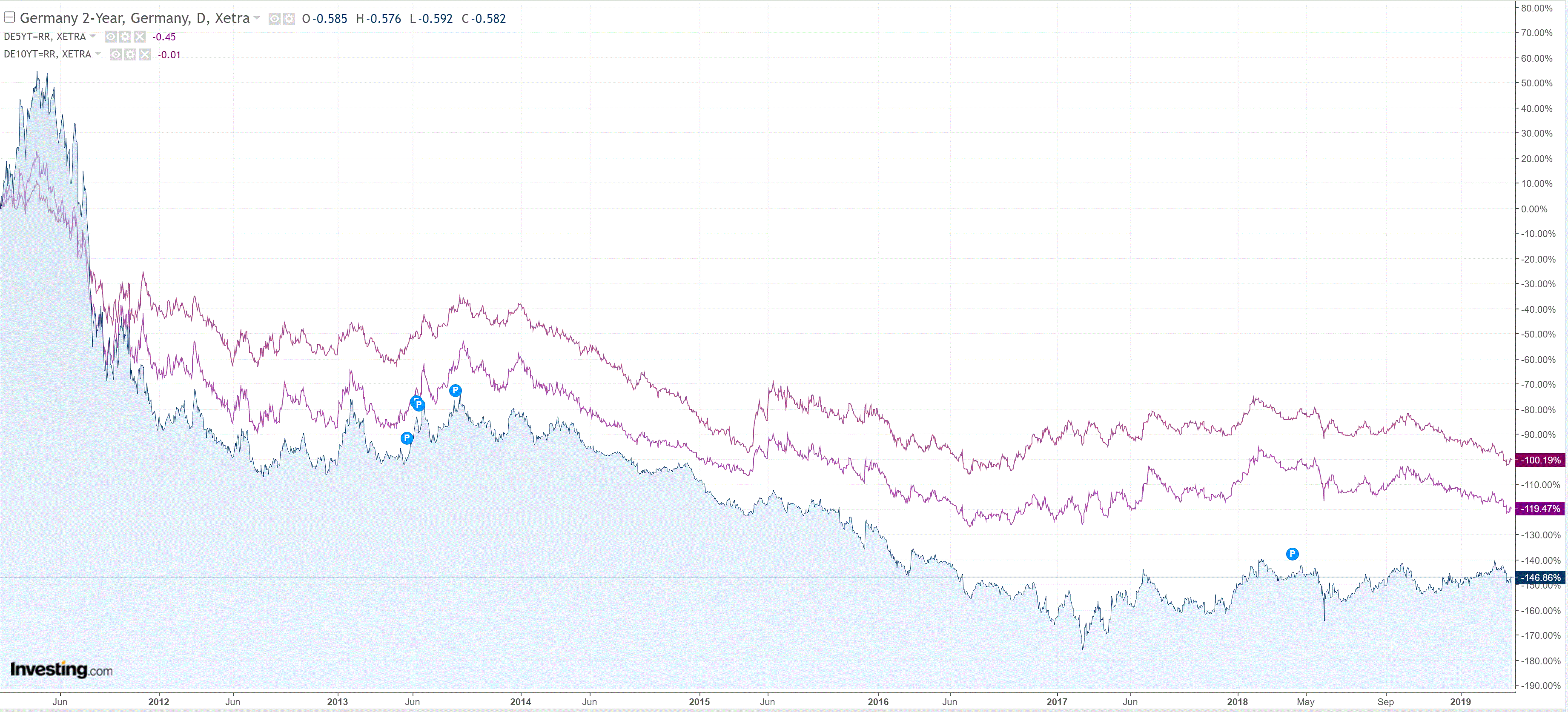
Aussie bonds were still soft:

And stocks edged up:

Westpac has the wrap:
Event Wrap
US jobless claims fell 10k to 202k last week, a new 49-year low, underscoring ongoing tight US labour market conditions despite signs US growth has slowed in the new year.
Fedspeak came from Harker, who said the outlook remained positive but with downside risks; Mester, who said there was no urgency to change the policy stance; and Williams, who said potential growth is now 2%, compared to the 4% of the 1990s.
Germany’s protracted manufacturing slump continues to deepen with factory orders plunging 4.2% in February, well below expectations, leaving them 8.4% down a levels a year; the weakest showing in the post financial post crisis period.
The ECB minutes from the March meeting confirmed a bias toward once again shifting the forward guidance to indicate policy rates are likely to remain lower for longer.
Event Outlook
Germany: Feb industrial production data is released.
US: Mar non-farm payrolls is expected to rise by 180k following a 20k increase in Feb and a 311k increase in Jan. The unemployment rate is seen to be steady at 3.8% while annual average hourly earnings growth holds at 3.4%, having lifted from 3.2% in Feb. Fedspeak involves Bosticon ‘Disruption and Opportunity: Shaping Policy in a Digital World’.
The AFR is arguing whether an RBA cut will sink the AUD:
Currency strategists have been puzzled by the Australian dollar’s apparent lack of weakness, behaving in a pattern they describe as range-bound. The Australian dollar is trading at US71.13¢, and has been limited to a narrow band of US70.5¢ and US71.5¢.
That range has remained intact despite events that would normally prompt a sharp reaction from the currency, including a Reserve Bank statement on Tuesday that some economists declared to be dovish, unusually strong retail sales data, a record trade surplus, and upbeat news on the Chinese economy.
It’s a “testament to how fixated the markets are on the prospects of rate cuts that the Australian dollar can only rally to mid-US71¢, having absorbed a lot of good news,” Westpac’s Sean Callow said.
That’s true. The major dynamics are a rising terms of trade holding the AUD up:
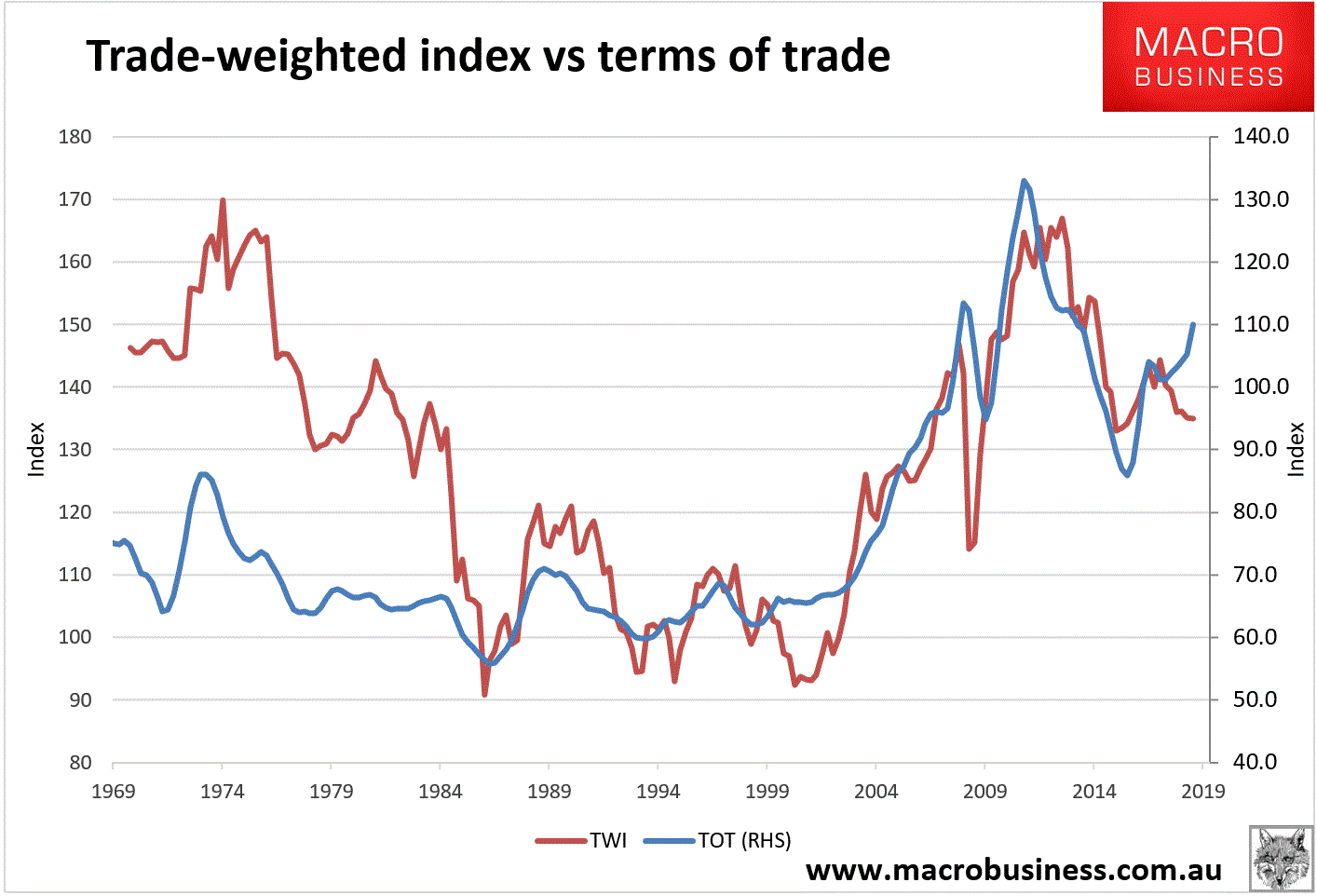
While the tumbling yield spread holds the AUD:
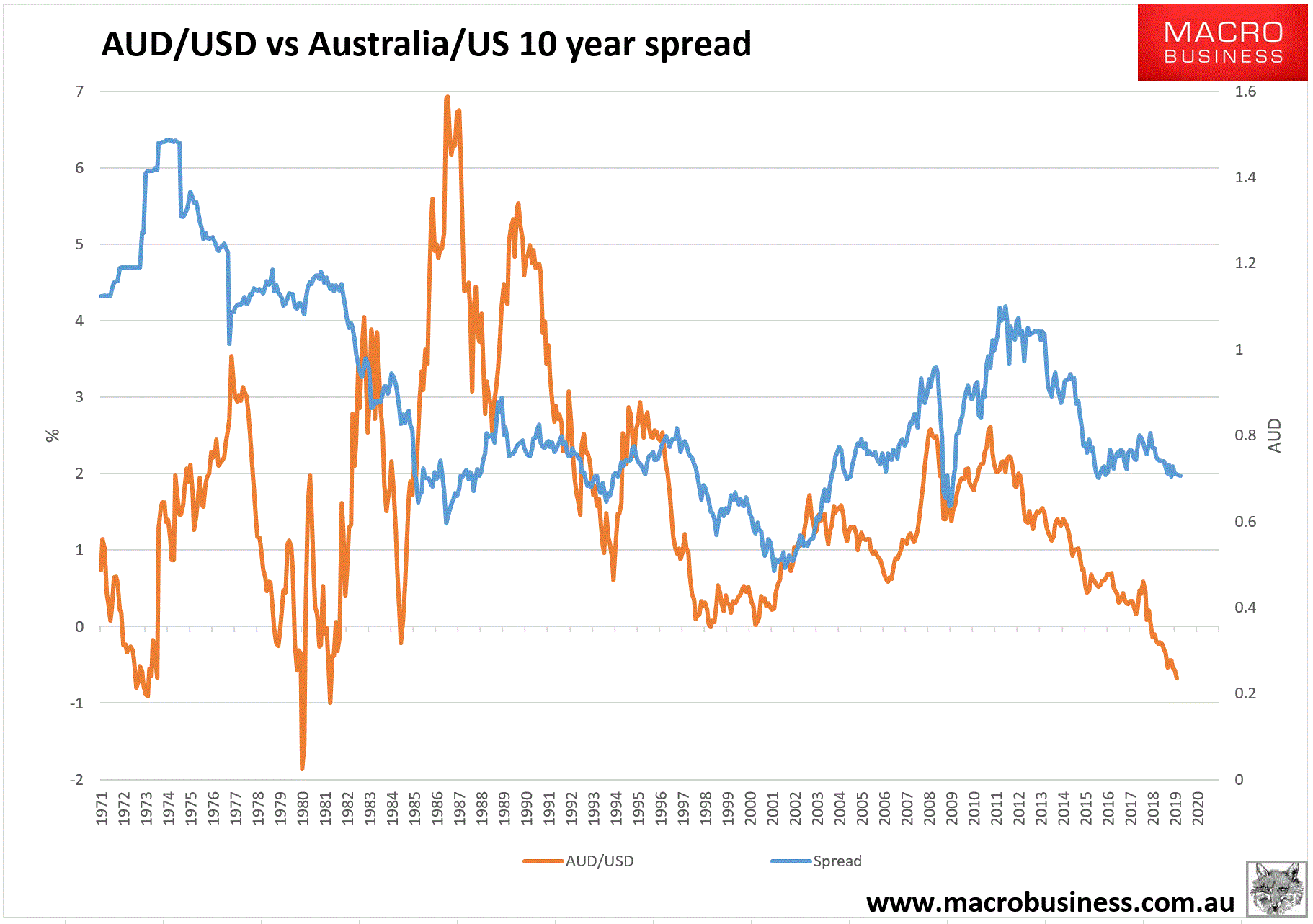
Westpac’s own outlook is for a fall to 68 cents as the RBA cuts twice in H2 which seems about right to me. Interest rate forecasting markets have priced two cuts but bond markets have not. Indeed the short end of the curve has not even priced one. So there is plenty of room to fall still.
In short, the terms of trade are unlikely to go much higher and quite likely to fall again as the Vale panic eases. Whereas the yield spread will keep widening as the RBA cuts. The same calculus applies even more strongly for 2020.
The major risk to this outlook is if the US economy were to weaken materially first triggering Fed rate cuts.

